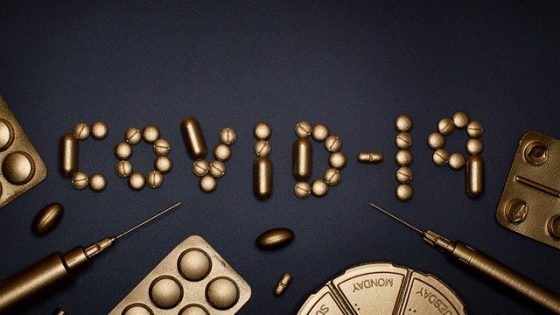C cell
A type of cell in the thyroid. C cells make calcitonin, a hormone that helps control the calcium level in the blood.
c-ABL
An enzyme that is involved in many cell processes, such as cell division. The gene for c-ABL is on chromosome 9. In most patients with chronic myelogenous leukemia (CML), the part of chromosome 9 with c-ABL has broken off and traded places with part of chromosome 22 to form the BCR-ABL fusion gene.
c-erbB-2
A protein involved in normal cell growth. C-erbB-2 may be made in larger than normal amounts by some types of cancer cells, including breast, ovarian, bladder, pancreatic, and stomach cancers. This may cause cancer cells to grow more quickly and spread to other parts of the body. Checking the amount of c-erbB-2 on some types of cancer cells may help plan treatment. Also called HER2, HER2/neu, human EGF receptor 2, and human epidermal growth factor receptor 2.
c-erbB-2 positive
Describes cells that have a protein called HER2 on their surface. In normal cells, HER2 helps control cell growth. Cancer cells that make too much HER2 may grow more quickly and are more likely to spread to other parts of the body. Checking to see if a cancer is c-erbB-2 positive may help plan treatment, which may include drugs that kill c-erbB-2-positive cancer cells. Cancers that may be c-erbB-2 positive include breast, bladder, pancreatic, ovarian, and stomach cancers. Also called HER2 positive and human epidermal growth factor receptor 2 positive.
c-fos antisense oligonucleotide
A substance that has been studied in the treatment of cancer and is being studied in the treatment of rheumatoid arthritis and certain skin conditions. It blocks the production of a protein called c-fos, which helps control cell growth. This may kill cancer cells that need c-fos to grow. It is a type of antisense oligonucleotide. Also called antisense c-fos.
c-kit
A protein found on the surface of many different types of cells. It binds to a substance called stem cell factor (SCF), which causes certain types of blood cells to grow. C-kit may also be found in higher than normal amounts, or in a changed form, on some types of cancer cells, including gastrointestinal stromal tumors and melanoma. Measuring the amount of c-kit in tumor tissue may help diagnose cancer and plan treatment. C-kit is a type of receptor tyrosine kinase and a type of tumor marker. Also called CD117 and stem cell factor receptor.
C-peptide
A substance made by the pancreas. C-peptide and insulin are both part of a larger molecule that gets split apart before being released into the blood. Abnormal blood levels of C-peptide may occur in certain diseases, such as diabetes or cancer. Also called connecting peptide.
C-peptide suppression test
A test used to help diagnose a type of pancreatic tumor called an insulinoma. After fasting, the patient receives an injection of insulin and the level of C-peptide (a substance released with insulin by the pancreas) in the blood is measured. In patients who have an insulinoma, the level of C-peptide is higher than normal.
CA 15-3
A protein found on epithelial cells that is part of a larger protein called MUC 1. CA 15-3 may be found in higher than normal amounts in patients with some types of cancer, including breast cancer. Measuring the amount of CA 15-3 in the blood may be useful in checking how well cancer treatment is working or if cancer has come back. CA 15-3 is a type of tumor marker.
CA 19-9
A substance released into the bloodstream by both cancer cells and normal cells. Too much CA 19-9 in the blood can be a sign of pancreatic cancer or other types of cancer or conditions. The amount of CA 19-9 in the blood can be used to help keep track of how well cancer treatments are working or if cancer has come back. It is a type of tumor marker.













